1. It’s a Wonderful Life (’46)

Often regarded as one of the greatest Christmas movies of all time, It’s a Wonderful Life has recently come under scrutiny for gender dynamics and darker themes. Mary’s life is portrayed as unfulfilled unless she is married to George, which doesn’t sit well with modern audiences promoting independence and self-worth. Additionally, George’s struggles with financial ruin and suicidal thoughts, while profound, can feel heavy for a holiday film. While its ultimate message is one of hope and community, it can be a difficult watch for viewers seeking lighthearted fare. Still, its legacy remains strong.
2. Rudolph the Red-Nosed Reindeer (’64)
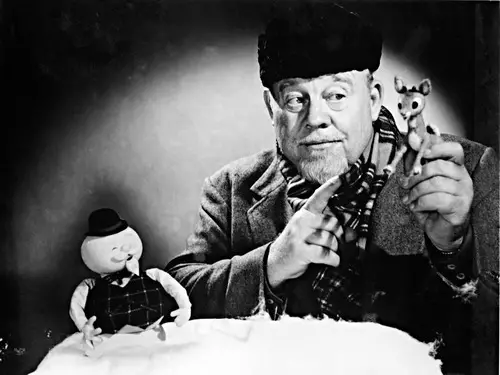
While a beloved classic for many, Rudolph the Red-Nosed Reindeer has come under fire in recent years for its themes of bullying and exclusion. Rudolph is mocked by his peers and even by Santa himself for being different until his shiny nose proves useful. Critics argue that the story sends a problematic message: that acceptance only comes when someone can prove their worth. While the special does resolve with Rudolph saving the day, it leaves viewers questioning why he wasn’t celebrated for who he was all along. For modern audiences, the lessons in kindness and inclusion may feel outdated.
3. A Charlie Brown Christmas (’65)
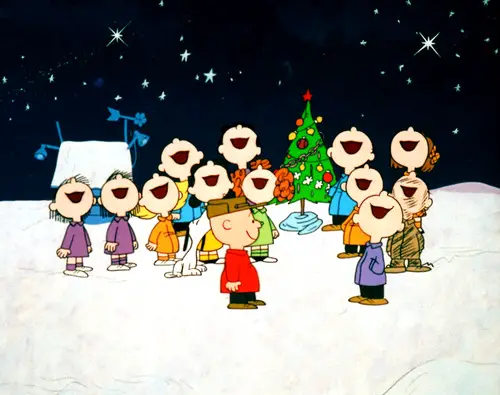
For decades, A Charlie Brown Christmas has been a seasonal staple, but not everyone appreciates its overtly religious message. The special’s focus on the Nativity and Linus’ direct Bible recital have sparked debates about the separation of church and state, especially when shown in schools. Additionally, Charlie Brown’s melancholy and his friends’ harsh treatment of him have been called out for promoting negativity instead of uplifting holiday cheer. Though its intentions were pure, its portrayal of childhood angst doesn’t always land well with modern, more sensitive audiences. Still, it remains a touchstone of nostalgia for many.
4. The Little Drummer Boy (’68)

This lesser-known stop-motion special from Rankin/Bass has raised concerns about its portrayal of cultural and racial stereotypes. The Middle Eastern setting is depicted with broad generalizations, and the story includes some questionable character depictions. Critics have pointed out that the special simplifies complex cultural elements to fit Western Christian narratives. Additionally, the animation’s darker themes—including the death of a child’s parents—feel overly heavy for what’s supposed to be family-friendly holiday fare. While its message of peace and forgiveness is commendable, it hasn’t aged well for modern audiences.
5. Frosty the Snowman (’69)

Although Frosty the Snowman remains a cheerful and fun holiday special, some viewers have taken issue with its portrayal of authority figures. The magician, Professor Hinkle, is depicted as bumbling, greedy, and cruel, which could be seen as promoting distrust of adults. Additionally, some parents argue that Frosty’s abrupt “death” when he melts may be unsettling for young children. While the special ends on a happy note, its emotional rollercoaster can feel a bit intense. For today’s audiences, Frosty’s story might require some careful explaining.
6. Santa Claus Is Comin’ to Town (’70)
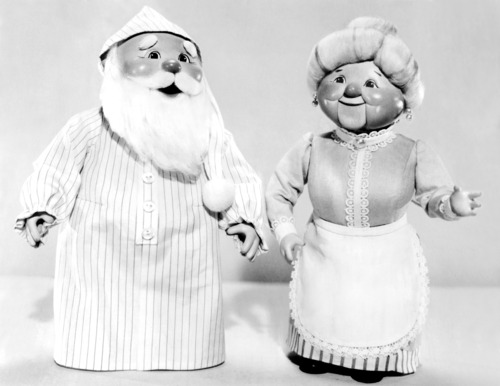
This Rankin/Bass classic has come under scrutiny for its outdated gender roles and themes. Mrs. Claus, for example, is portrayed as entirely dependent on Santa’s work and identity, leaving little room for her individuality. Some viewers also point to the town’s authoritarian villain, Burgermeister Meisterburger, as a caricature that simplifies complex ideas about governance and law. Additionally, the romantic subplot between Santa and Mrs. Claus feels rushed and shallow. While still cherished for its catchy songs and animation, it doesn’t fully align with modern values of equality and empowerment.
7. The Year Without a Santa Claus (’74)
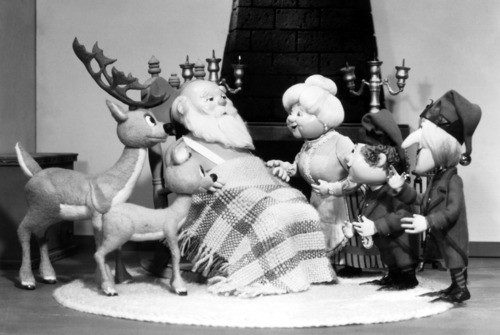
Despite its catchy tunes like “Heat Miser” and “Snow Miser,” The Year Without a Santa Claus has faced criticism for its portrayal of gender and regional stereotypes. The story features a frail and whiny Santa who considers canceling Christmas, which some feel undermines his role as a symbol of strength and resilience. Additionally, the depiction of towns as either “snowy” or “fiery” comes off as overly simplified and geographically biased. For modern audiences, the special’s humor and themes feel a bit stale. Still, its iconic musical numbers remain a bright spot.
8. How the Grinch Stole Christmas (’66)
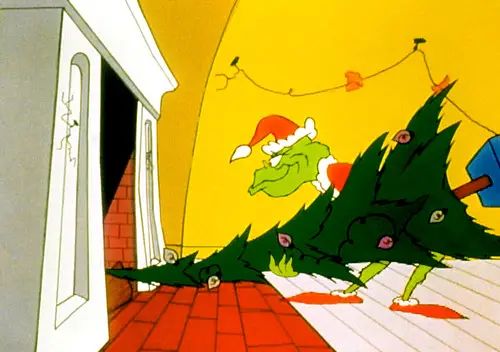
While Dr. Seuss’ How the Grinch Stole Christmas is a beloved classic, it has faced criticism for its depiction of mental health. The Grinch’s isolation, bitterness, and eventual redemption could be seen as oversimplifying deeper struggles with loneliness and emotional trauma. Some viewers also argue that the Whos’ immediate forgiveness of the Grinch, despite his prior actions, sends a complicated message about accountability. While the special’s intent is to highlight love and community, modern audiences may wish for a more nuanced conversation. Nevertheless, it remains a Christmas favorite for its charm and message.
9. The Nutcracker Prince (’90)
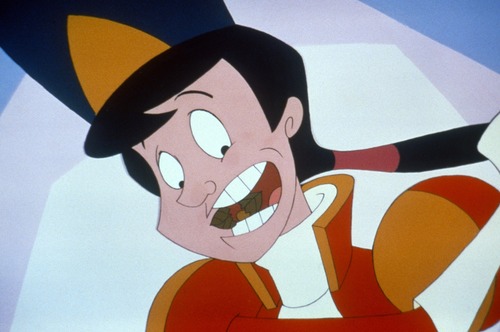
This animated retelling of the Nutcracker has been criticized for its outdated gender roles and lack of cultural sensitivity. The central female character, Clara, is portrayed as passive and dependent on male figures to drive the story forward. Additionally, some character designs and portrayals reflect harmful cultural stereotypes, particularly in the depiction of foreign lands during the dream sequence. Critics argue that it misses an opportunity to modernize the Nutcracker tale for younger audiences. While the animation is nostalgic, it falls short in delivering a story that aligns with today’s standards.
10. Home Alone 2: Lost in New York (’92)
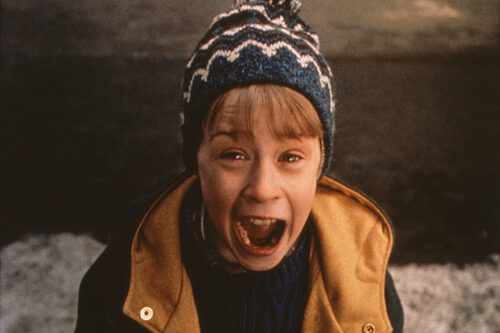
While Home Alone 2 is a nostalgic holiday favorite, its portrayal of violence has become more controversial over time. Kevin’s elaborate traps for the burglars, while played for laughs, are increasingly viewed as extreme and unrealistic. Critics have pointed out that the film normalizes violent problem-solving, which doesn’t align with modern parenting values. Additionally, its portrayal of New York City as a place teeming with danger and crime feels stereotypical. Despite its flaws, the movie remains a holiday tradition for its slapstick humor and heartwarming ending.
11. The Polar Express (’04)
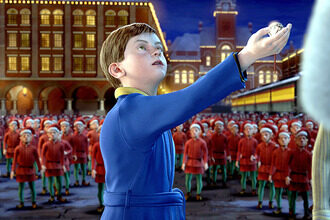
Although The Polar Express dazzled audiences with its motion-capture technology, the animation has not aged well. The characters’ lifeless, uncanny expressions have been criticized for being unsettling, leading to its infamous nickname: the “uncanny valley” film. Additionally, some viewers argue that the movie’s emphasis on blind faith in Santa raises questions about promoting unquestioning belief systems. While the film’s message is about wonder and holiday magic, its tone can feel preachy at times. Despite its flaws, its musical moments and visuals still enchant many viewers.
12. The Flintstones’ Christmas Carol (’94)
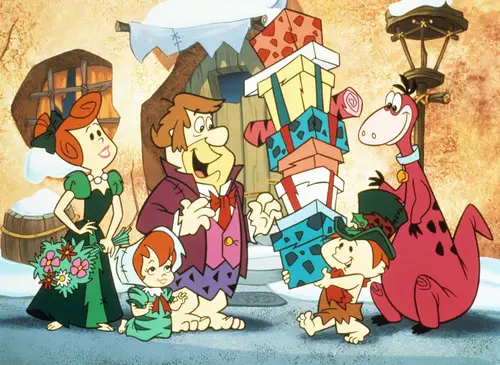
While The Flintstones’ Christmas Carol brings a prehistoric twist to the classic Dickens tale, it has been criticized for its portrayal of gender stereotypes. Wilma and other female characters are relegated to the background, while Fred dominates the narrative with his antics. Some viewers also argue that the story’s comedic tone detracts from the original message of redemption and generosity. While it’s meant to be a lighthearted adaptation, its outdated humor and lack of depth make it feel out of place today. Fans of The Flintstones, however, still enjoy its nostalgic charm.
13. Jack Frost (’98)
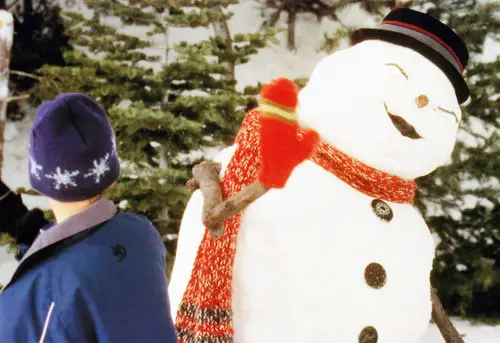
The live-action Jack Frost starring Michael Keaton has been criticized for its bizarre premise and unsettling visuals. The story of a father who dies and comes back as a snowman has been called out for being emotionally manipulative and, at times, downright creepy. Additionally, the film’s portrayal of grief and loss feels oversimplified, leaving little room for meaningful exploration of these themes. While some enjoy its heartwarming moments, many find the concept too strange to connect with. Over the years, it has become a cautionary tale of “weird” holiday movies.
14. Elf (’03)
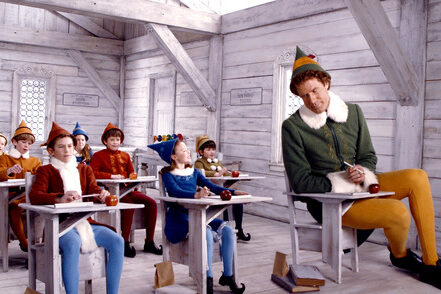
Though Elf remains a fan-favorite Christmas comedy, some aspects of the film have been criticized as problematic. Buddy’s childlike behavior toward women, particularly in scenes with Jovie, raises issues of consent and boundaries. Additionally, the movie relies heavily on gender stereotypes, portraying women as either skeptical love interests or secondary characters. Some viewers also argue that the humor occasionally veers into mean-spirited territory, especially in Buddy’s interactions with others. Despite these critiques, Elf continues to be celebrated for its humor, heart, and Will Ferrell’s iconic performance.


